A complete guide to Angaston, SA

This charming, tree-lined historic town known as Angaston on the Barossa Valley’s eastern side was named after one of its early settlers, politician and local businessman George Fife Angas.
The valley itself was named by Colonel William Light after Barrosa in Spain, where he’d fought against the French in 1811 during the Peninsular War. The original village of Angaston, which was originally known as German Pass, comprised a single house and several simple dugouts. The founding father of the town, Angas, arrived in 1851 and two years later Angaston was proclaimed a District Council.
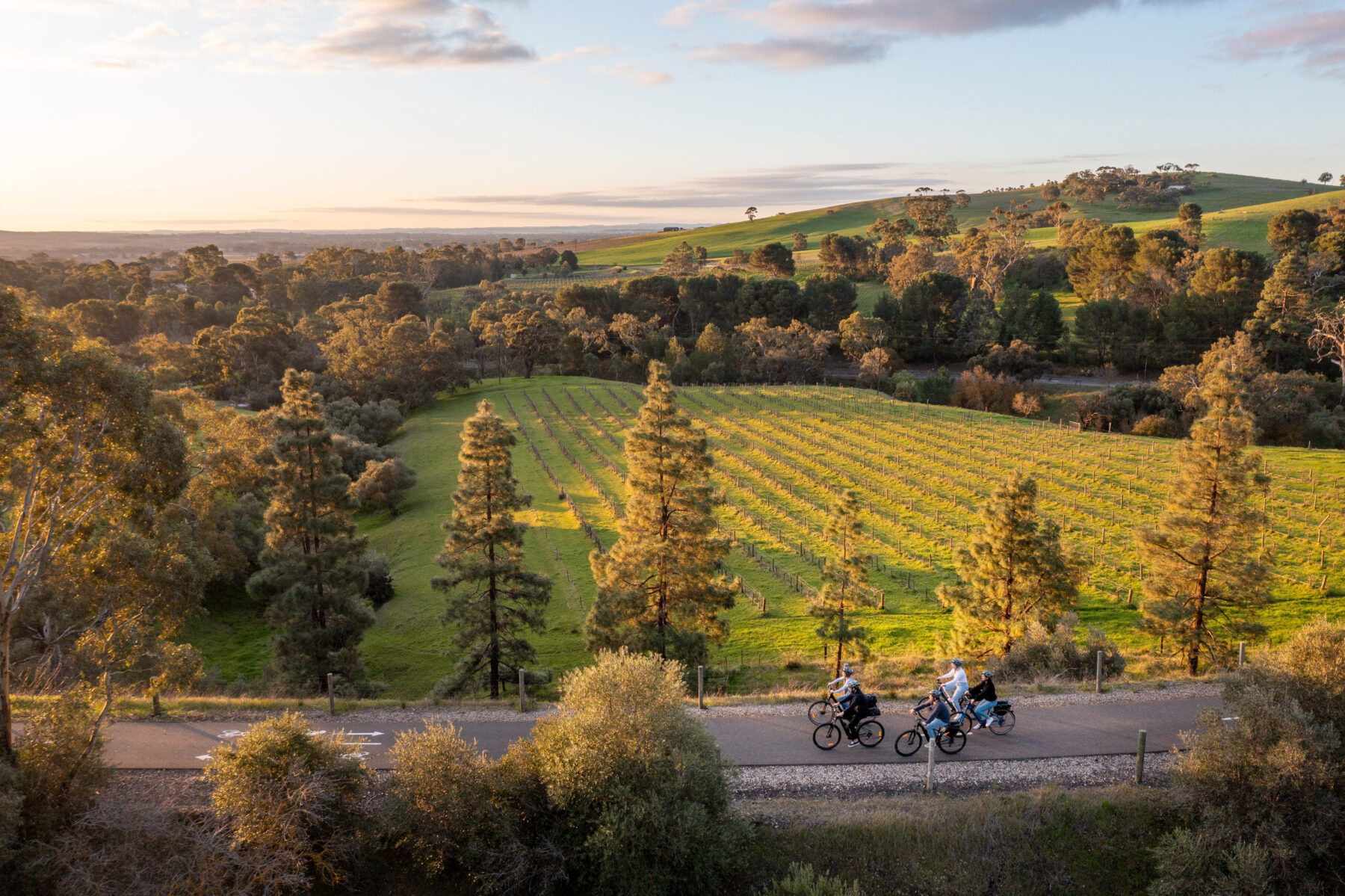
An early description of the area claimed it was “the richest and best watered district in the state … of most splendid soil, every way adapted for the location of hundreds of settlers”. This richness led to vines and orchards being planted. Trades and industries connected to the vineyards quickly developed and Angaston became an important service centre for the district. By 1900, the district was known for its agriculture, wine and orchards and it quickly became a popular daytripper destination from Adelaide.
On weekends, people came to explore the winery cellar doors of the Barossa Valley, particularly the famous Saltram and Yalumba wineries, both of which are easily accessible from Angaston. The charming combination of heritage buildings, important vineyards and ease of access from Adelaide have ensured that it is a town that’s ideal for exploring.
Origin of name: The town takes its name from the Scottish entrepreneur, George Fife Angas, whose South Australian Company, by 1841, had acquired 26,000 acres (10,552 ha) which included the site of the future town.
Places of interest
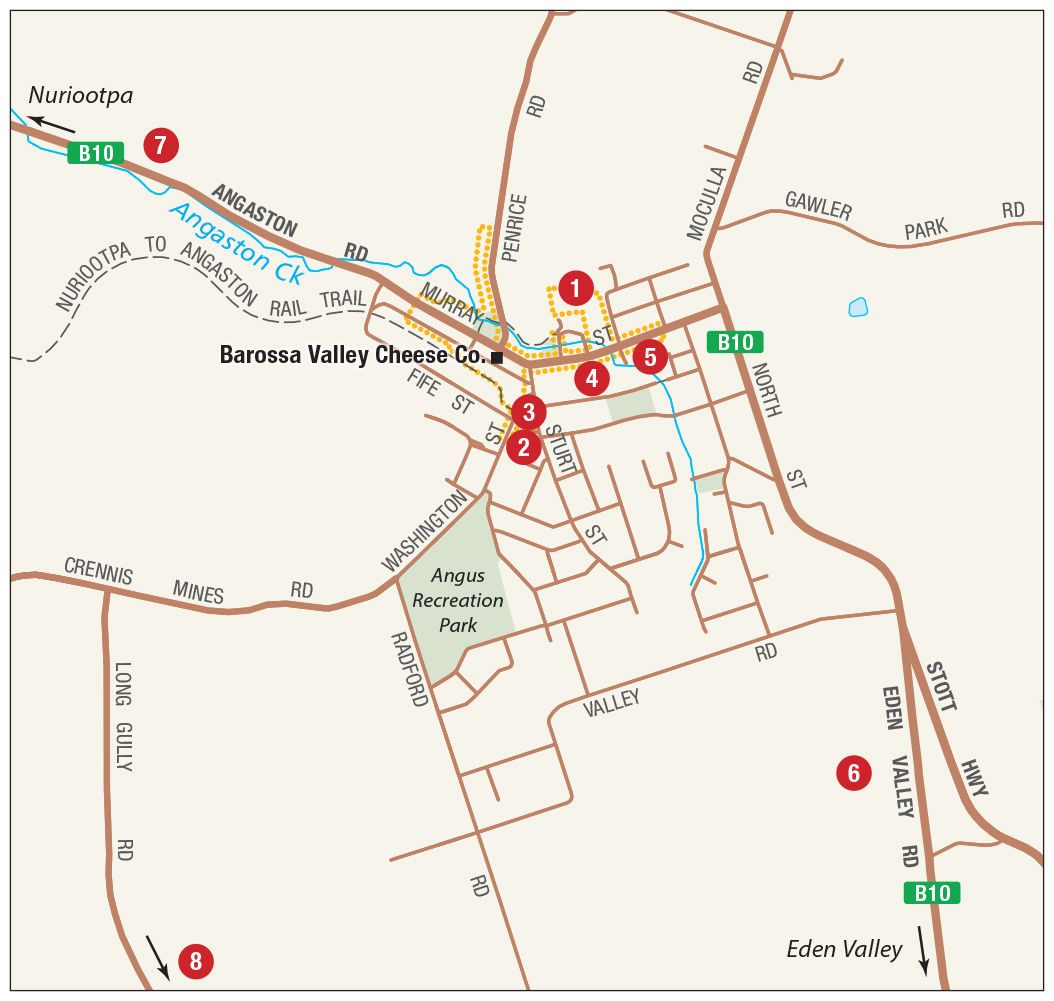
1. Angaston Heritage Walk
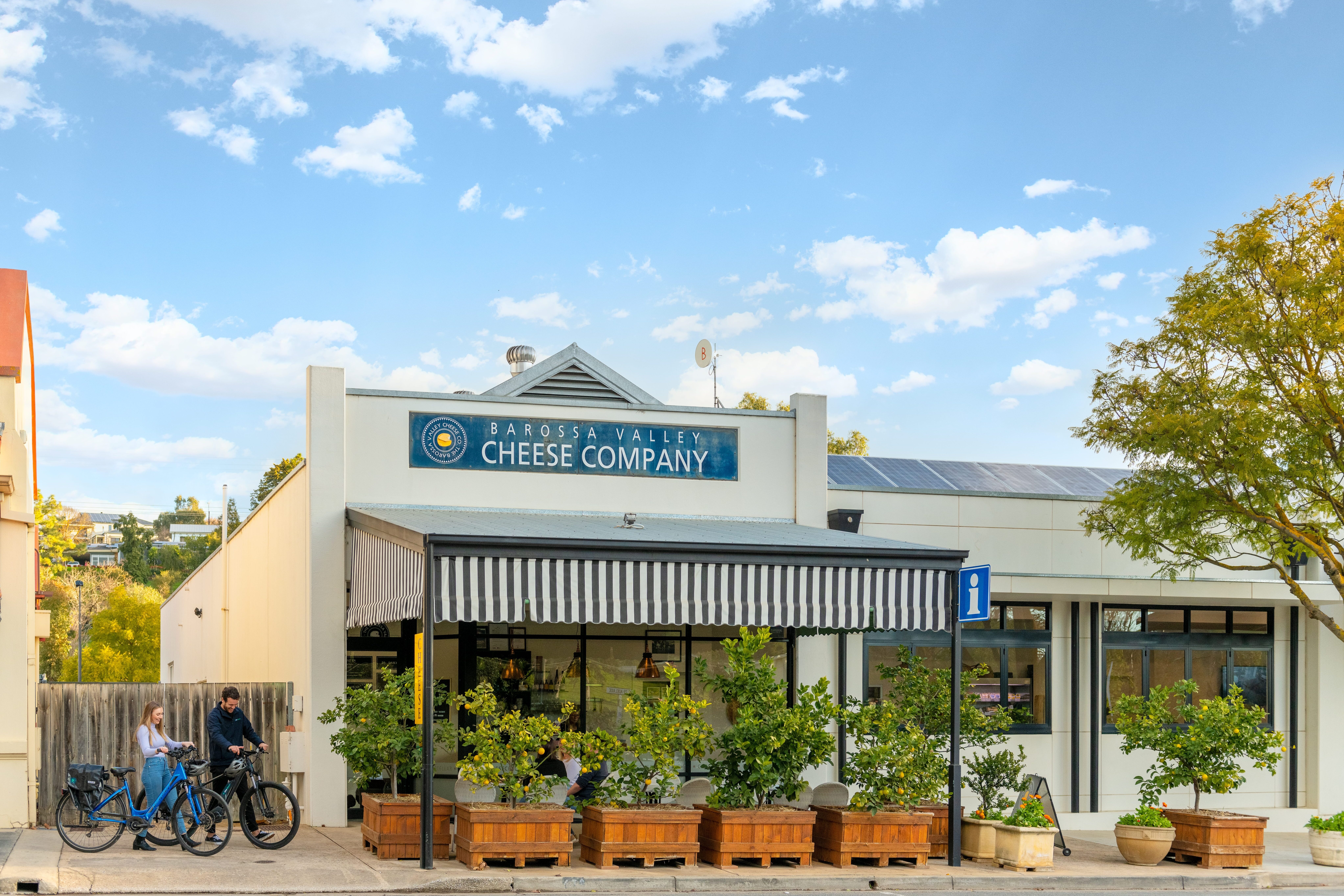
You’ll find a brochure at the Barossa Valley Cheese Company detailing this delightful urban amble. It takes up to two leisurely hours and includes the highlights 2, 3 and 4 that are detailed below.
2. United Church (1878)
This bluestone Gothic Revival style church, on the corner of Sturt and Fife streets, features original stained glass windows shipped from England. Its foundation stone was laid by George Angas’ son John on 13 May 1878.
3. Angaston Town Hall (1911)
Like many early Angaston buildings, construction of the town hall – built of grey marble on a base of local bluestone on the corner of Sturt and Washington streets – was subsidised by the Angas family.
4. Barossa Brauhaus Hotel
This building in Murray St began as the single storey New Inn, built by William Doddridge, the town’s original blacksmith (see below). In 1884, a storey was added and in 1979 it became the Barossa Brauhaus Hotel.
5. Angaston Blacksmith Shop & Museum (1876)
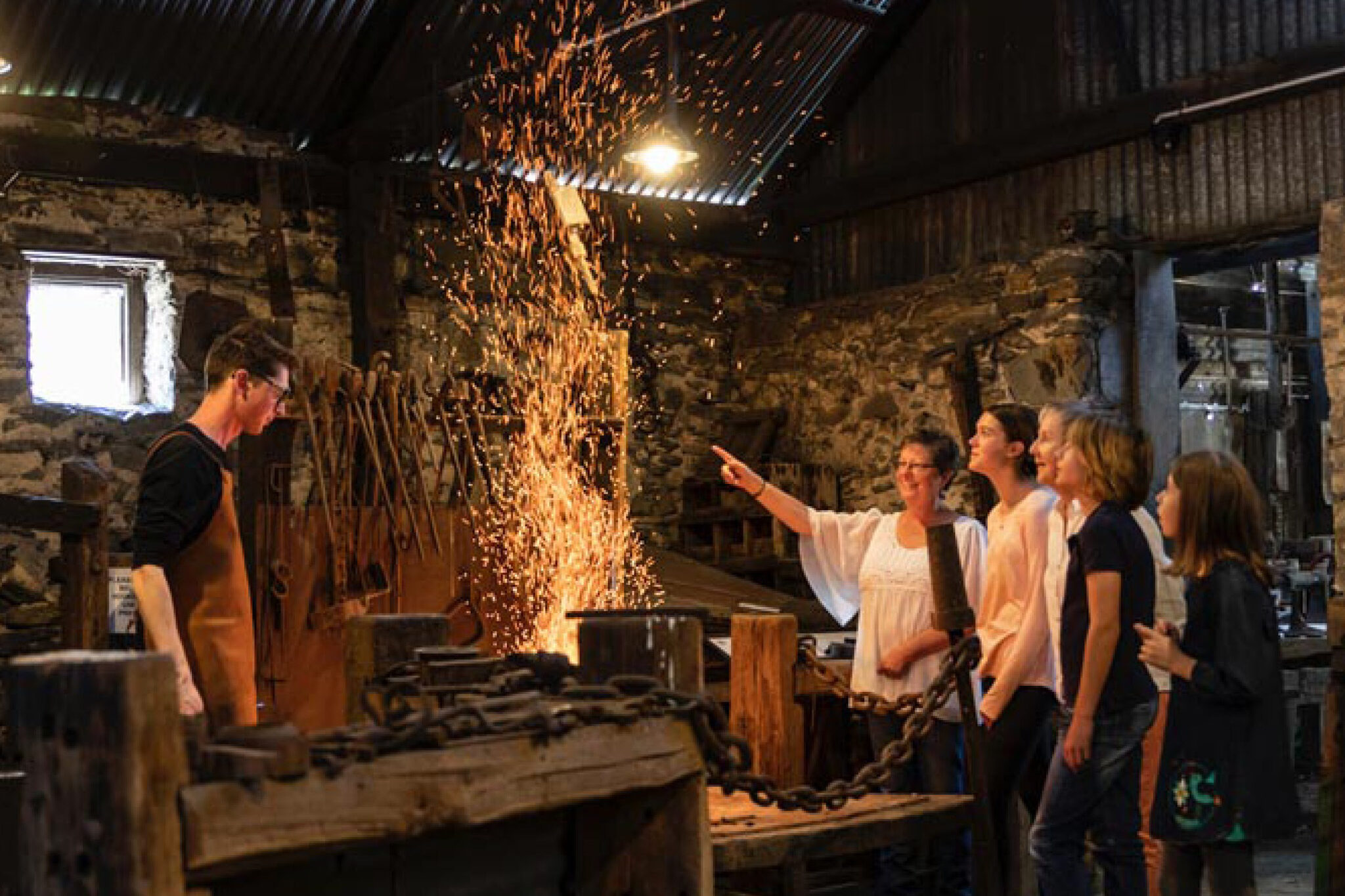
This corrugated iron shed on Murray St was where three generations of Doddridges operated the town’s blacksmith shop. As recently as 1965, horses were still being shod there. It’s now a working museum with a shop run by volunteers on weekends and public holidays from 1–4pm.
6. Yalumba Winery
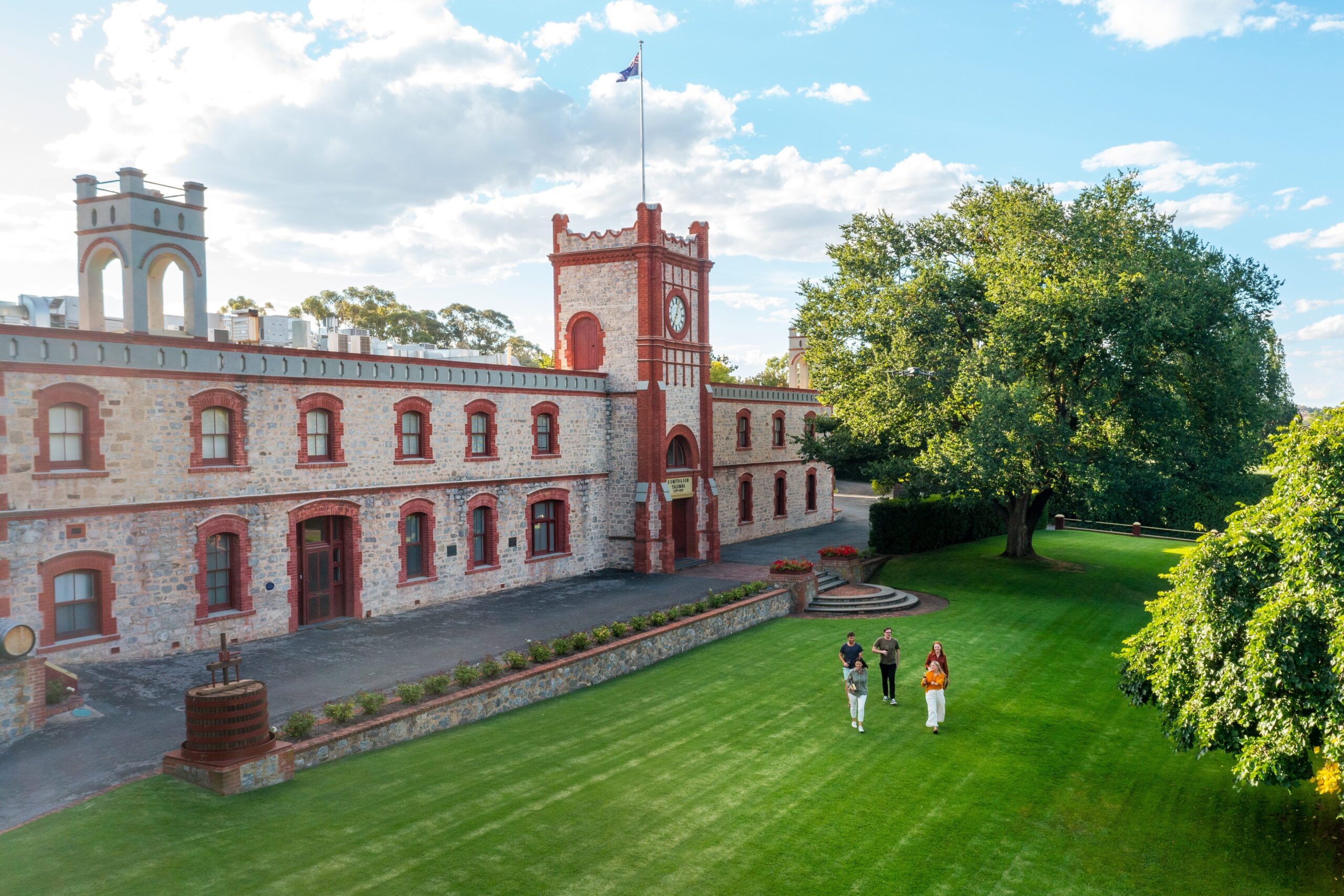
The Yalumba Winery, located at 40 Eden Valley Road, dates back to 1847 when Samuel Smith arrived in South Australia. By 1849, he’d planted his first vines near Angaston, making Yalumba the oldest family-owned vineyard in Australia. It is open daily from 10am to 5pm for tastings and sales.
7. Saltram Winery
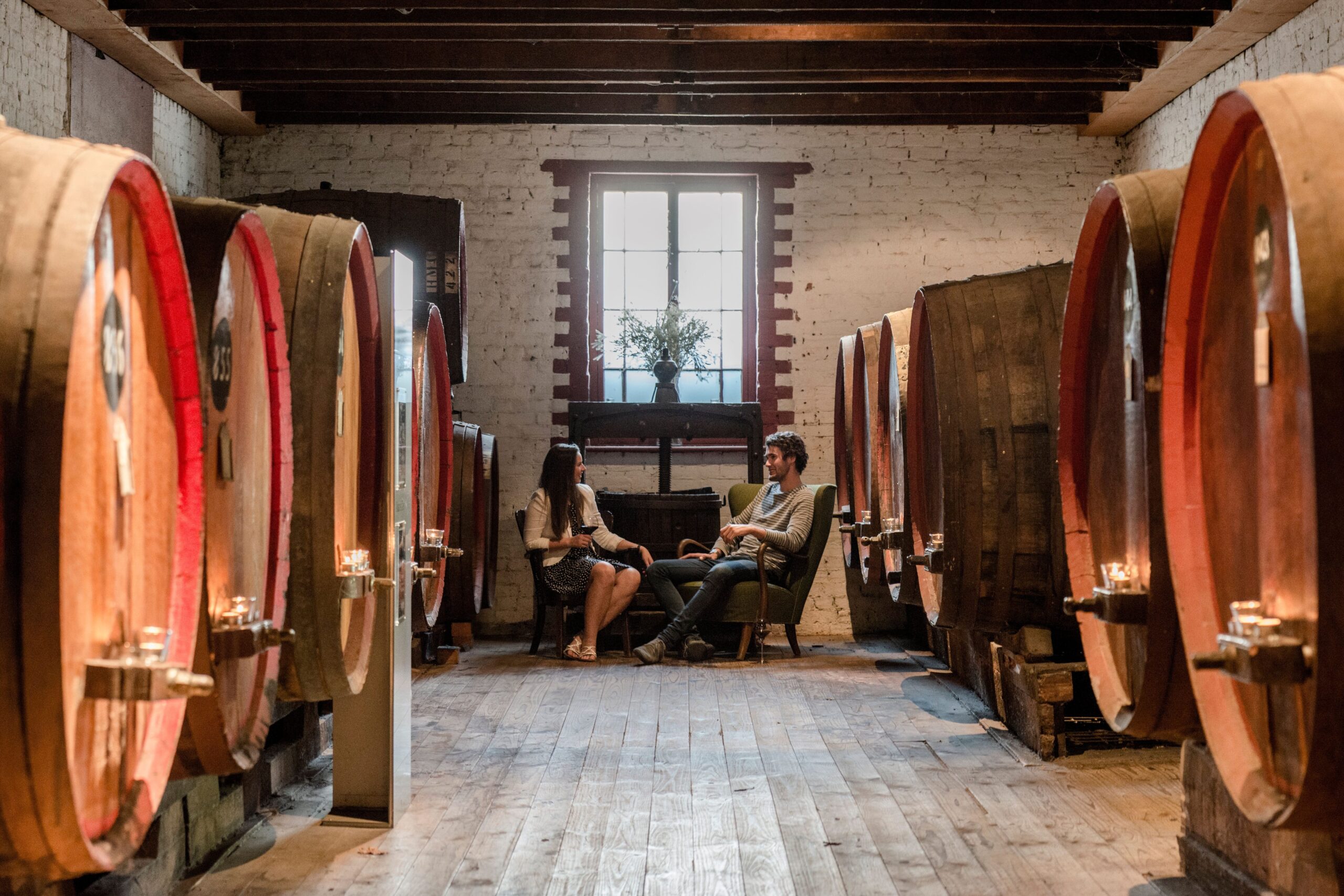
The Saltram Winery on Angaston Rd, just west of the town, dates from 1859 when Englishman William Salter formed a partnership with his son, Edward, and planted the first vines – 10 acres (4.047ha) of shiraz. By 1862, they’d produced 8000L, which grew to 182,000L by 1891.
8. Mengler Hill Lookout

This popular lookout located 10 minutes drive south of Angaston looks across the Barossa Valley, providing stunning views of its expansive vineyards. An added bonus is the Barossa Sculpture Park – an impressive collection of outdoor sculptures – located near its base.
History
Before European settlement, the district was inhabited by the Peramangk, Ngadjuri and Kaurna First Nations peoples.
By 1838, explorers had reached the Murray River passing through the Barossa Valley.
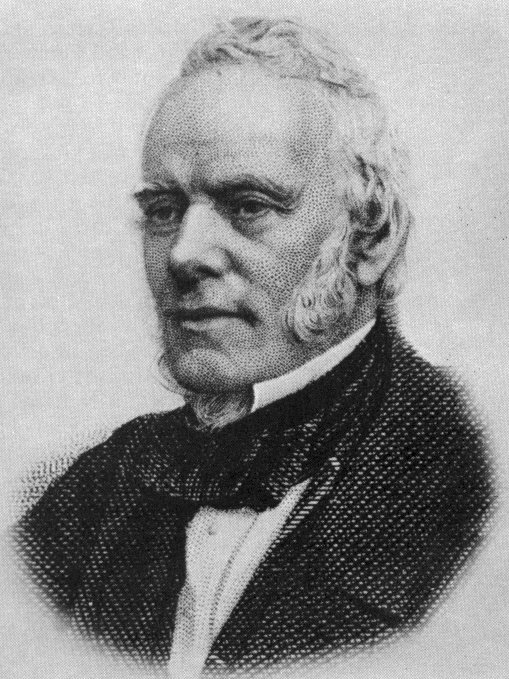
George Fife Angas travelled to London as a director of the South Australian Company to promote colonisation. He met Pastor August Ludwig Christian Kavel who was helping Lutherans (who were being persecuted by the King of Prussia) to emigrate. Angas assisted with a generous £8000 donation and the first German settlers arrived on 25 November 1838.
By 1841, the German settler Johann Schilling and his family had become established at Angaston. Their house, the first in the district, was little more than a dugout with a thatched roof.
George Fife Angas, by 1841 while still in England, had acquired 26,000 acres (10,552 ha) and 10,000 sheep on land which subsequently became part of the town of Angaston.
In 1843, Angas’s son, John, arrived in Angaston to manage his father’s estates.
John Angas encouraged the growing of vines and orchards in the valley.
The Angaston Hotel was opened for business in 1846.
A police station and court house were completed in 1855–1856.
By the 1880s, Saltram Winery was exporting wine.
Today, Angaston is a popular starting point for visitors exploring the wineries of the Barossa Valley.


